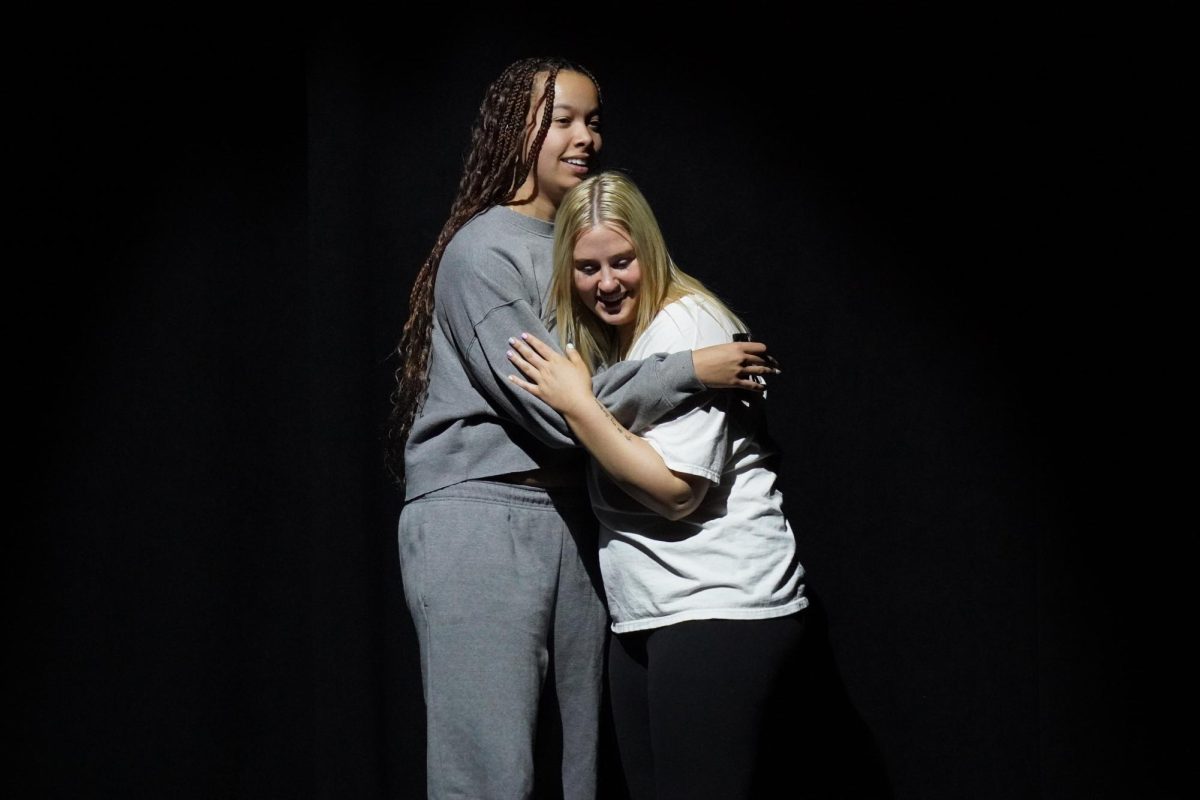Music is not the first thing that comes to mind in anticipation of the 86th Academy Awards show on March 2. Despite such notions, the recording industry’s relationship with the Oscars is a big deal to the artists, engineers and producers who are nominated for creating the “best original song.”
Music is as integral a part of the Oscar fabric as the red carpeting, Giorgio Armani tuxedos and gilded statues that “guard” the entrance to the Dolby Theatre like giant chessboard pieces. But what Oscar gala would be complete without a little controversy?
On Jan. 29, while announcing its decision to rescind the nomination to Bruce Broughton and his title track from “Alone Yet Not Alone,” the Academy of Motion Picture Arts and Sciences stated, “the nomination was pulled because Broughton had emailed members of the branch to make them aware of his submission during the nominations voting period.”
His actions seem innocent enough, but the academy noted that Broughton’s position as an officer of the organization was a deal breaker. Viral buzz ensued as critics and fans accused the liberal academy of severing ties with the film’s Christian messaging.
Unfortunately, the world was denied the opportunity to see how the pretty ballad (sung by Christian author and radio host Joni Eareckson-Tada) would fare in the voting.
Four nominations remain in the running.
“Happy,” from the film “Despicable Me 2,” is written, produced and performed by Pharrell Williams, the multi-talented hip-hop and rhythm and blues singer-songwriter and producer from The Neptunes and N.E.R.D. fame.
A production masterpiece of the retro kind, the recording captures the live sound of 1960s Motown hits from the likes of Smokey Robinson and Marvin Gaye: smooth vocals and a wide-open snare drum “sound” on top; thin Farfisa organ notes (what Frank Zappa called a “cheesy Farfisa”), handclapping and sparse electric guitar in the middle; and thumping electric bass with a booming bass drum on the bottom.
This is what ‘60s Motown recordings would sound like if period engineers had access to today’s technology. Every layer of the recording — instrumentation, lead vocals and harmonies — is well defined and authentic. The lyrics are classic Motown as well: no profound messaging, just easy-going expressions.
“Let It Go,” from the film “Frozen,” was written by actress/composer Kristen Anderson-Lopez and husband Robert Lopez, a Tony award-winning Broadway composer. Idina Menzel, a Tony award-winning actress and singer-songwriter, sings the lead vocals with Broadway musical flair and command.
This song reeks of a grandiose modern Broadway production (think “Rent”) with a simple piano and vocal introduction, massive strings and orchestration, timely breaks, multiple rhythm and chord changes, and great dynamic range from the vocals and instrumentation.
The whimsical lyrics simultaneously capture soothing imagery and the human experience for the film’s young audience: “My power flurries through the air into the ground / My soul is spiraling in frozen fractals all around / And one thought crystallizes like an icy blast / I’m never going back / The past is in the past.”
“The Moon Song” from the film “Her” is an anomaly. The writing duo of Spike Jonze (the film’s director) and Karen O (lead singer of the indie band Yeah Yeah Yeahs) has the professional pedigree, but the folky composition is no stronger than what is offered in most coffee houses. Karen O also has issues staying on pitch. Her singing does capture a lot of raw emotion, so perhaps that justifies the song’s nomination and popular appeal.
“Ordinary Love” was written and recorded by U2 for “Mandela: Long Walk to Freedom.” The tune has a modern sound from a recording perspective, but the composition, vocals and instrumentation could easily have been airlifted from one of U2’s 1980s albums. In that sense, this is classic (or tired) U2, starting with just vocals and piano for a verse and chorus before adding the full band for the duration of the song. Bono spins has magic wand, and once again pens lyrics that capture the moment.
As simple as it sounds, this connection to Nelson Mandela could easily persuade the academy to cast their votes in his direction.





![[Both photos courtesy of sonoma.edu]
Ming-Ting Mike Lee stepped in as the new SSU president following Sakakis resignation in July 2022](https://sonomastatestar.com/wp-content/uploads/2024/04/CC4520AB-22A7-41B2-9F6F-2A2D5F76A28C-1200x1200.jpeg)



























